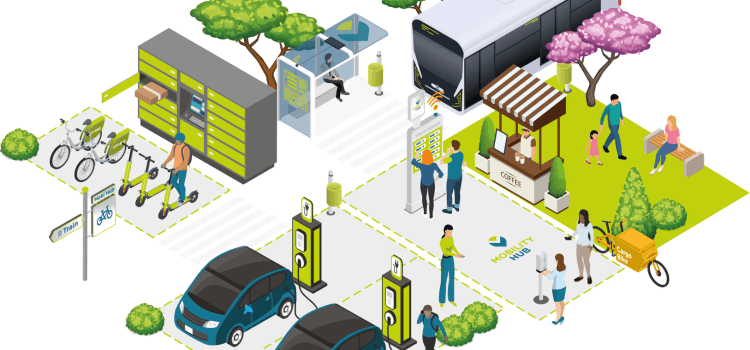Post on mobility hubs, their functions as a interface between mobility services, success factors and sources for further information
Mobility Hubs



Post on mobility hubs, their functions as a interface between mobility services, success factors and sources for further information

The demand for transport is the root cause for transport-related emissions. Peak demand in addition leads to inefficiencies and infection risk. Managing the demand for transportation could reduce emissions and improve our mobility.

Process Mining can help travelers and transport planers to better understand and improve travel chains using the traveler’s digital footprint.

Shared cars, bikes or scooters are rarely available outside of city centers. We look into solutions to make them available in the outskirts.

DLT and Blockchain pave the way for new shared mobility business models. We’ll have a look at some use cases.

Actions a #SmartCity could take to keep cars out and reduce #congestion and #pollution range from telework to #park&ride as outlined in a #Climathon project.

Handover of Mobility Services In the blog post about the availability dilemma we discussed why a lack of cooperation leads to massive oversupply – and in consequence to congestion of cities and more emissions as studies from Bruce Schaller and

Competition of on-demand mobility services can lead to a two-fold dilemma in case Transportation Service Providers (TSPs) try to displace each other instead of cooperating: Oversupply through Density Inflation Multiplication of Oversupply Oversupply through Density Inflation Mobility customers tend to

Electric kick scooters could play an important role in covering the “first and last mile” in mobility services and so connect travellers to bus or train stations. For passengers without luggage, who are able to drive them, they can conveniently

Mobility as a Service (MaaS) integrates various forms of transport into a single mobility service, accessible on demand. Ideally MaaS makes transport faster, cheaper, more convenient and causes less emissions. This is true per ride. But what happens if cheaper